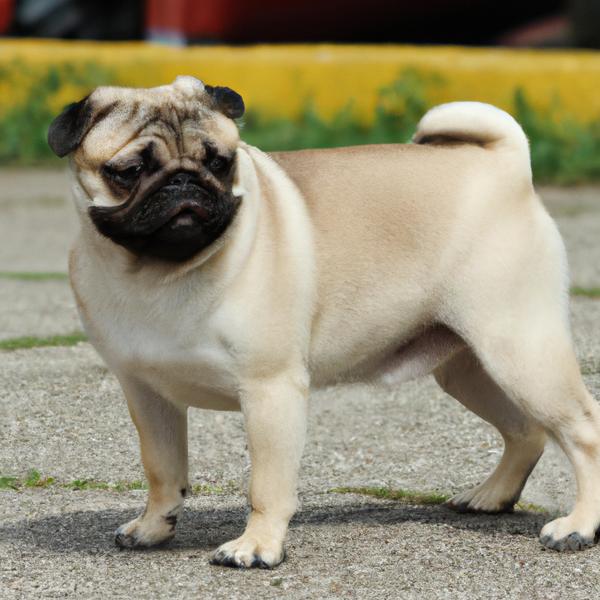Pugland vs. Brussalier: Breed Differences and Similarities
Hypoallergenic
Are Puglands or Brussaliers hypoallergenic, or neither?
Unfortunately, neither Pugland nor Brussalier are hypoallergenic, which may not make them the best choice for dog lovers who suffer from pet allergies.
Temperament
What are the personalities of Pugland and Brussalier dogs?
Playful
Independent
Alert
Courageous
Intelligent
Friendly
Affectionate
Loyal
Gentle
Going
Cheerful
Active
Alert
Sensitive
Courageous
Intelligent
Friendly
Affectionate
Gentle
Social
Inquisitive
Selfish
Fearless
Watchful
Companionable
Cheerful
Quiet
Nonaggressive
Polite
Graceful
Sporty
No tendency towards nervousness
Shedding Level
Do Puglands shed more than Brussaliers, or which breed sheds more, Puglands or Brussaliers?
Pugland or Brussalier dogs are not heavy shedders, but they will lose a significant amount of hair each year. To decrease the amount of shedding, you can regularly brush your Pugland or Brussalier. This will remove loose hair and keep their coat growing in the same direction.
Watchdog Ability
Which dog breed makes a better watchdog, the Pugland or Brussalier?
Pugland or Brussalier breed are not the best choices if you want a good watchdog.
Ancestry
What are the origins of Pugland and Brussalier breeds?
Pug and Westie
Brussels Griffon, Cavalier King Charles Spaniel
Breed recognition
Which kennel clubs recognize/register Pugland and Brussalier?
ACHC = American Canine Hybrid Club
DBR = Designer Breed Registry
DDKC = Designer Dogs Kennel Club
DRA = Dog Registry of America, Inc.
IDCR = International Designer Canine Registry®
ACHC = American Canine Hybrid Club
DRA = Dog Registry of America, Inc.
Date of Birth
When were Pugland and Brussalier breeds first developed?
2000s
Unknown
Eye Color Possibilites
What are the eye colors of Pugland and Brussalier dogs?
Brown
Brown
Nose Color Possibilites
What are the natural nose colors of Pugland and Brussalier?
Black
Black
Coat Color Possibilites
What are the natural colors of the coat for Pugland and Brussalier breeds?
Black
Brown
Fawn
White
Black
Brown
White
Coat Length
What is the typical coat length for Pugland and Brussalier breeds?
Puglands have longer coats compared to most dogs.
Brussaliers have medium-length coats.
Coat Density
What is the density of the coat of Pugland and Brussalier?
Coat Texture
What is the hair texture of Pugland and Brussalier?
Straight
Wavy
Litter Size
What is the usual litter size for Pugland and Brussalier?
A Pugland can have a litter of 2-5 puppies on average. However, it's worth noting that the size of the litters can vary greatly. Factors that can influence litter size include the health of the mother, breeding history, and genetics.
A Brussalier can have a litter of 3-5 puppies on average. However, it's worth noting that the size of the litters can vary greatly. Factors that can influence litter size include the health of the mother, breeding history, and genetics.
Adaptability
Pugland and Brussaliers are known for their adaptability and versatility. They are capable of adapting well to a wide range of lifestyle changes and living environments, making them great companions for families and individuals of all lifestyles.
Health Issues
Between Pugland and Brussalier, which breed is more prone to health problems?
The Pugland breed is generally very healthy, requiring minimal vet visits. Still, it's important to keep an eye on their health and seek veterinary care when needed.
While the Brussalier breed is generally healthy, occasional vet check-ups are still necessary to address any health concerns.
Major Concerns
What are the major health concerns for Pugland and Brussalier breeds?
Addison's Disease
Brachycephalic Syndrome
Craniomandibular Osteopathy (Lion Jaw)
Hip Dysplasia
Mitral Valve Disease
Minor Concerns
What minor health issues should be kept in mind when owning Pugland and Brussalier?
Entropion
Skin-Fold Dermatitis
Glaucoma
Seborrhea
Keratoconjunctivitis Sicca (Dry Eye)
Patellar Luxation
Keratoconjunctivitis Sicca (Dry Eye)
Occasional Tests
What occasional tests are recommended for Pugland and Brussalier breeds?
Eye Examination
Skin Evaluation
Internal Imaging (x-ray, CT scan, MRI, etc.)
Blood And Urine Analysis
DNA
MRI
Physical Examination
Electrocardiogram
Blood Tests
Urine Tests
Stool Samples
Ophthalmological Examination
Energy
How do the energy levels of Puglands and Brussaliers compare?
Puglands are a good choice for a low-key lifestyle due to their low energy levels.
Brussaliers are suitable for those with a balanced lifestyle as they have an average energy level.
Social Needs
Pugland vs Brussalier social needs comparison
Pugland and Brussalier have very high social needs. These needs include regular mental and physical stimulation, a job or purpose, and companionship. They thrive in environments where they have a lot of interaction with humans and other dogs.
Exercise Needed
Pugland vs Brussalier exercise need comparison.
Puglands require significant physical activity and suit those with an active lifestyle.
Brussaliers need moderate physical activity and are great for families and active individuals.
Sleeping Need
Which of the two sleeps the most/least: Pugland or Brussalier?
Puglands have moderate energy levels and typical sleep patterns of 12-14 hours per day.
Brussaliers are known for their relaxed and calm nature and enjoy long periods of sleep.
Tendency to Bark
Do Puglands or Brussaliers bark more/less frequently?
The Pugland is a vocal breed that frequently barks and howls, and may not be suitable for those seeking a quiet companion.
Brussalier dogs are generally less vocal than other breeds and only bark when necessary, such as to alert their owner or communicate.
Mouthiness
Mouthiness Comparison: Pugland vs Brussalier?
Roaming urge
Pugland vs Labrador: Running away tendency?
Prey Drive
Pugland or Brussalier - which breed has a higher level of prey drive?
Activity Level
Which breed has higher energy, Puglands or Brussaliers?
Both Pugland and Brussalier are medium-energy dogs that enjoy socializing and playing with other dogs. They may engage in casual or sustained games of chase, and occasionally have bursts of barking or racing around the house.
Tolerance of being left alone
Walks per Week
How many miles should Pugland or Brussalier walk each week?
Pugland and Brussalier generally need a minimum of 6 miles of walking per week, but it can be increased as long as they are comfortable with it.
Activity per Day
Do Puglands or Brussaliers require more exercise?
Both Pugland and Brussalier typically require a minimum of 45 minutes of exercise each day. The exercise can be spread throughout the day and may involve high-energy activities like walking, running, and playing.
Grooming
Which breed is easier to maintain in terms of grooming, Puglands or Brussaliers?
The Pugland requires an average amount of grooming compared to other breeds.
Brussaliers require significant grooming, including regular trims and professional grooming assistance to maintain their coat. They may also require frequent bathing to keep their coat and skin healthy.
Brushing Frequency
What is the recommended brushing frequency for Pugland and Brussalier dogs?
Ideally, Pugland should be brushed at least 2 or 3 times a week (preferably daily) improve shedding.
Brussalier should be brushed at least once a week. Of course you can give them more frequent brushes if you find that they are still shedding a lot
Brushing Tools
What brushing tools are used for Puglands and Brussaliers?
Pin Brush
Comb
Nail Clipper
Dematter
Comb
Scissors
Nail Clipper
Cups
How much food should be given to Pugland or Brussalier in cups?
For an average 15-20 pound (7 - 9 kg) Pugland feed 1.5 cups daily. But, keep in mind, the amount you feed is going to be dependent on the quality of the food you are feeding.
For an average 10-17 pound (5 - 8 kg) Brussalier feed 1 cups daily. But, keep in mind, the amount you feed is going to be dependent on the quality of the food you are feeding.
Daily Cost
Which breed has a higher daily cost, Pugland or Brussalier?
The average cost of a Pugland is somewhere $1.70 - $2.20 per day.
The average cost of a Brussalier is somewhere $1.10 - $1.40 per day.
Monthly Cost
Which breed has a higher monthly cost, Pugland or Brussalier?
The average per month expenses of a Pugland is between $34 - $67. This makes an average of $408 - $804 per year. It will be on the higher side when the dog is still small because it will need more frequent visits to the vet, shots.
The average per month expenses of a Brussalier is between $35 - $42. This makes an average of $420 - $504 per year. It will be on the higher side when the dog is still small because it will need more frequent visits to the vet, shots.
Intelligence
Comparing Intelligence: Puglands vs Brussaliers
Pugland and Brussalier have below-average obedience intelligence compared to other breeds. However, calling them "dumb dogs" is unjust. While Pugland and Brussalier lack obedience and working intelligence, they compensate for it with their remarkable ability to comprehend human emotions.
Sensitivity Level
How do Pugland and Brussalier compare in sensitivity?
This breed is sensitive and requires gentle handling and a calm home environment.
This breed is sensitive to its environment and best suited for patient and understanding families with a consistent routine.
Affection Dependance
Which is the more affectionate dog breed: Pugland vs Brussalier?
Apartment Friendly
Which breed is more apartment-friendly: Pugland or Brussalier?
The Pugland is a great apartment dog, thriving with sufficient exercise and time outside as part of their daily routine.
Brussaliers make excellent apartment dogs, being fairly active indoors and not requiring a yard.
Child Friendly
Do Puglands or Brussaliers have a friendlier temperament towards children?
Puglands are good with kids if socialized and trained from a young age.
Brussaliers have an average level of friendliness towards children.
Senior-friendly
Which dog is more suitable as a pet for the elderly - Pugland or Brussalier?
Cat Friendly
Do Pugland or Brussalier breeds have a better compatibility with cats?
Puglands and Brussaliers are one of the best dogs for cats. They accept cats readily as part of the family. However, this dog breed should be trained to not chase after the kitty early on
Dog Friendly
Which breed is more sociable with other dogs: Pugland or Brussalier?
Puglands are generally very friendly towards other dogs, with a happy and affectionate temperament.
Brussaliers are friendly and active companions, and can be good family pets, though their friendliness towards other dogs may vary.
Pet friendly
How do Pugland or Brussalier dogs interact with other pets?
Stranger Friendly
Which breed is more friendly with strangers: Pugland or Brussalier?
Puglands are highly friendly around strangers.
Brussaliers are friendly but may bark at strangers, and training is easy due to their intelligence.
Playfulness
Which breed is more playful between Pugland and Brussalier?
Puglands are a playful breed that needs daily playtime to be happy.
Brussaliers have an average level of playfulness, enjoying playtime like most dogs but not excessively so.
Trainability
How do the trainability levels of Puglands and Brussaliers compare?
Puglands are usually easy to train but require consistency to fully obey commands.
Brussaliers may require more time and patience to learn commands, but with consistency, they can be trained.
Compare Pugland with other breeds
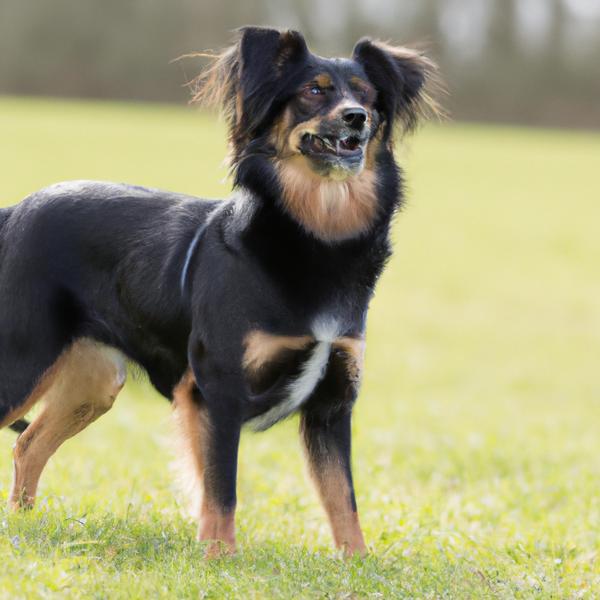
Schipese
Pugland vs Schipese
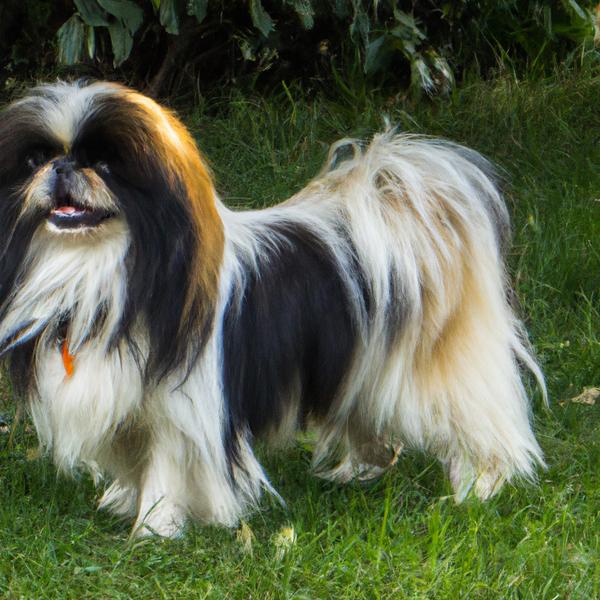
Tibetan Chin
Pugland vs Tibetan Chin

Sheprador
Pugland vs Sheprador
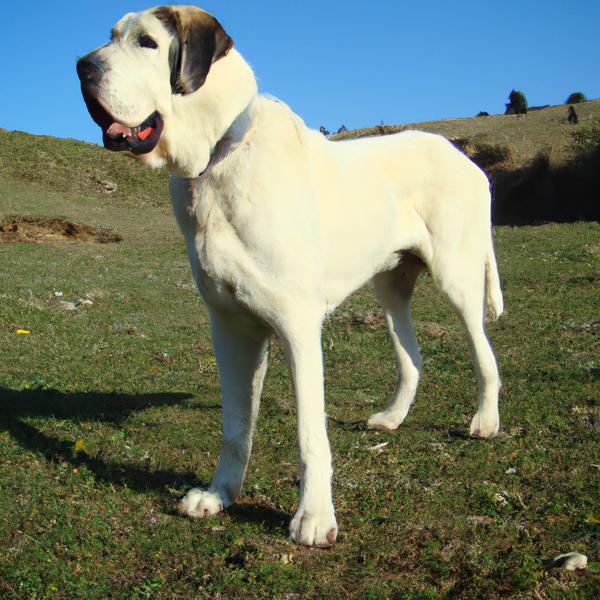
Great Pyredane
Pugland vs Great Pyredane
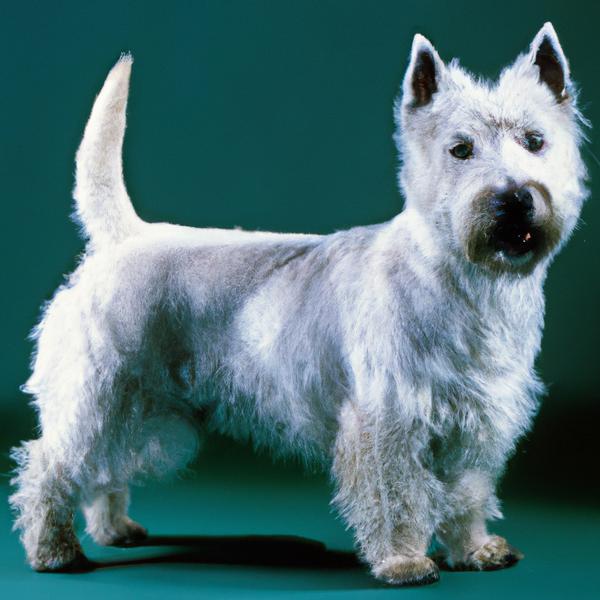
West of Argyll Terrier
Pugland vs West of Argyll Terrier
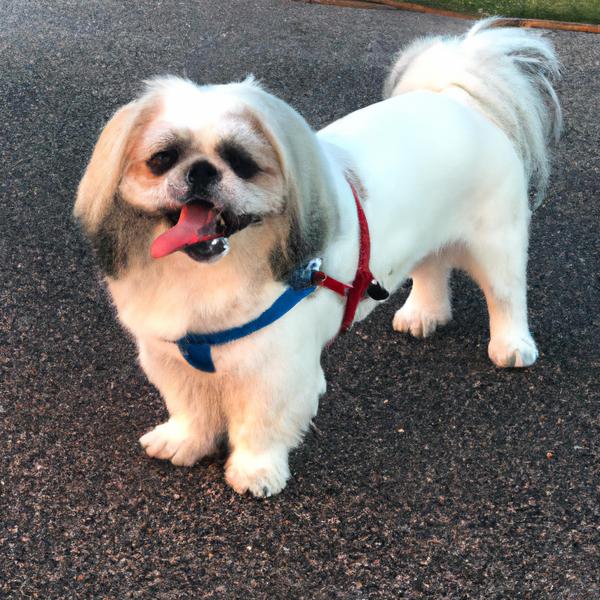
Silkytie
Pugland vs Silkytie
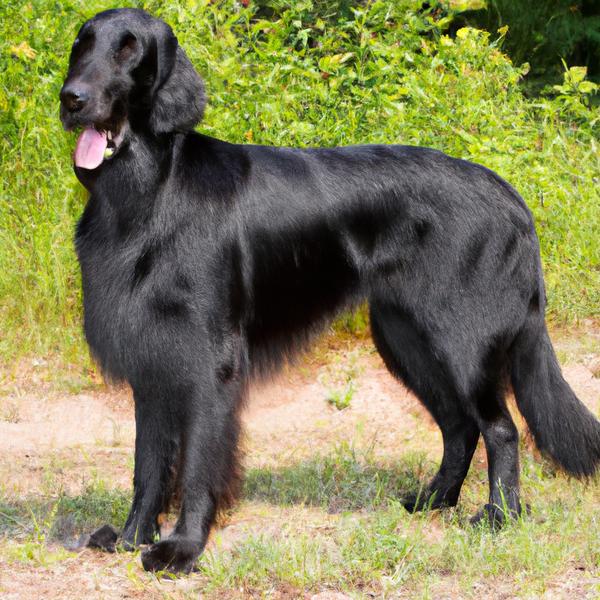
Flat-Coated Retriever
Pugland vs Flat-Coated Retriever
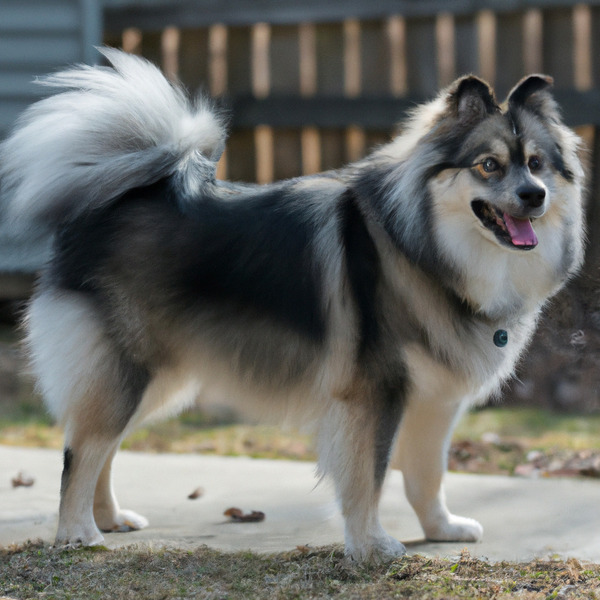
Pomsky
Pugland vs Pomsky
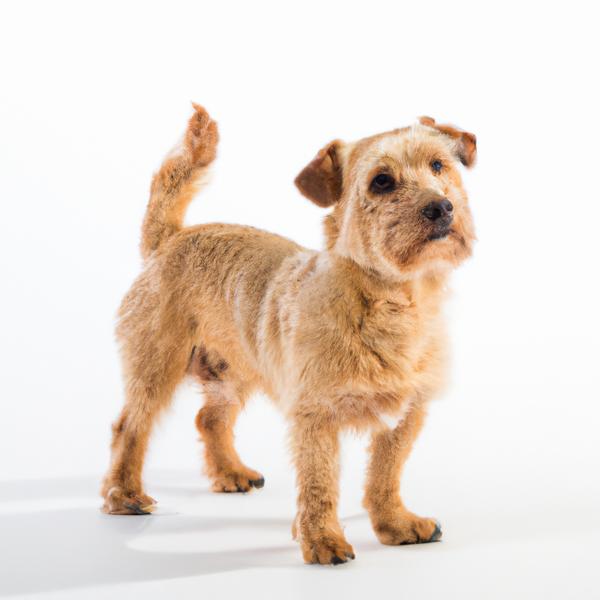
Corkie
Pugland vs Corkie
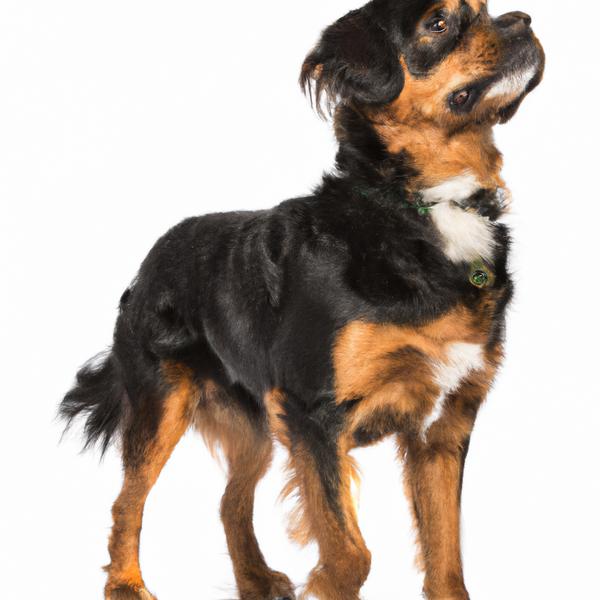
Brussalier
Pugland vs Brussalier

Border Collie Britt
Pugland vs Border Collie Britt
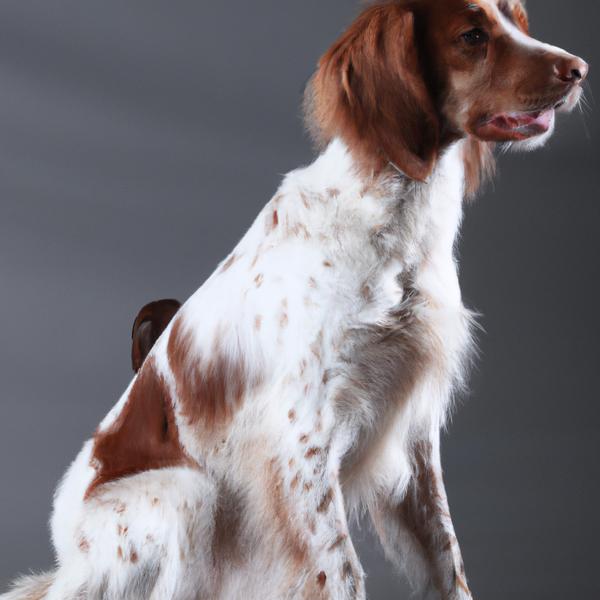
Brittany (Spaniel)
Pugland vs Brittany (Spaniel)
